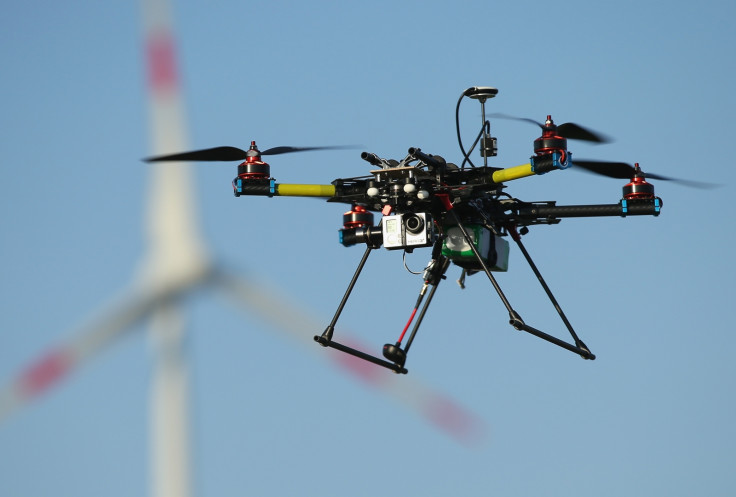Drone buzzes Heathrow passenger jet raising concerns of 'catastrophic collision'

A drone flying at 1,700 feet narrowly missed a passenger jet as it approached London Heathrow airport in March.
After several similar incidents recently the UK's airspace authority said it is alarmed.
"A black object appeared and was observed tracking in a westerly direction, up the approach path," according to the pilot as the 220-passenger aircraftreadied to land.
The pilot said the drone passed 50 feet directly above the A320 Airbus at 9.23am and was "rectangular in shape and appeared to be propeller driven".
The event happened at such a height that investigators concluded it "unlikely that the object was a drone controlled visually from the ground" but by 'First Person View'.
They ruled out that it could have been a balloon because it had a propeller and winds at that altitude "would have caused a balloon to track almost directly along the approach path".
Although commercially available drones sold at hobby and electronics shops are marketed as toys, wrote the UK Airprox Board authority in a report released yesterday, "they could easily cause catastrophic damage in a collision".
Over the past two years there have been an increasing number of similar incidents. The authority has investigated seven reports from pilots and there are "several more currently being looked at," said Richard Taylor, a spokesperson for the board.
The most serious warranted an "A" rating — the highest the group hands out — because there was an actual risk of collision. On 22 July 2014, as an A320 approached Heathrow, a small, black remote controlled helicopter flew 20ft over the plane's wing causing a "distraction during a critical phase of flight," according to the pilot.
Despite efforts to track down the operator, the authority was unable to find them. The same is true of the most recent incident in March. "Finding the individual who has done it is not easy," said Taylor, because "several hours have elapsed" usually between the report and getting investigators on the ground.
The civil aviation authority has rules concerning the operation of drones and model aircraft, but with a time gap and few ways of tracking the operators it's hard to enforce.
The Board considered the actions of the A320 pilot and noted that, with his aircraft configured for landing, he had had only a limited space to take action to avoid a collision.
The authority said that drone operators hold "the responsibility to ensure their activities were conducted legally." But on 8 May it adopted updated guidelines for pilots to report incidents involving a drone or remotely operated aircraft. They are now required to immediately contact police.
A common thread running through recent incidents is that they're happening at above 1,500 feet. This is well beyond "a height that the person flying the 'drone' will be able to maintain visual contact with it," the authority said.
With respect to the recent incident in March, "it looks like they might have been deliberately flying it close," said Taylor, indicating that drones can be controlled in first-person view and may be operate by thrill-seekers.
Still, even with the updated rules, tracing the person controlling the drone is "extremely challenging, due to their remoteness from the aircraft itself," said the airspace authority. "Speed of reporting is essential," they continued, "particularly if it is likely that the aircraft is being operated in a manner that is likely to endanger others."
© Copyright IBTimes 2025. All rights reserved.






















